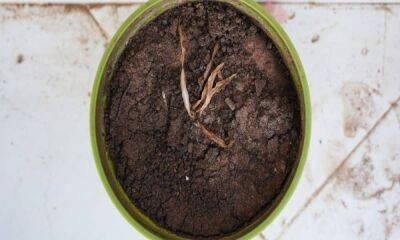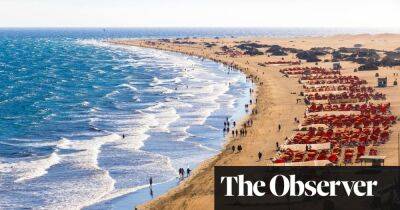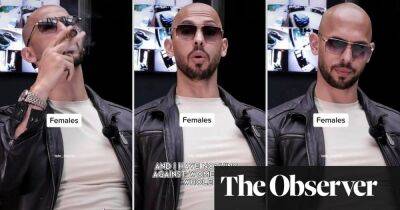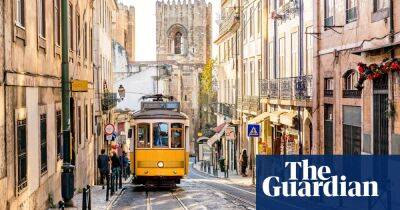They were on a luxury cruise, then the coughing began – the ship that became a global Covid pariah
On the five-hour drive to the docks of Buenos Aires, Claudia Osiani thought hard: do I board the cruise ship or cancel my birthday voyage? With her husband, Juan, she discussed the recent spate of deadly virus outbreaks on cruise ships in Japan and California. “This cruise is different; it will be packed with locals,” Juan reassured her, and it made them feel safer. He had sacrificed so much to provide Claudia with this fantasy of a 14-day voyage through the wilds of South America, and she loved him too much to let on that she was petrified at the thought of embarking.
It was early March 2020, and the first wave of the Covid-19 virus was spreading not only in Wuhan, China, but Italy and Spain. In the UK, cases totalled 273; in Argentina there were fewer than a dozen and it felt like a northern hemisphere issue. “We’re going so far south,” Claudia told Juan in the car. “It’s going to be a bunch of Argentinians on that ship, maybe some Chileans.”
At the docks they spotted their ship, the MS Zaandam. Christened in May 2000, the Dutch-flagged vessel had the feel of an ocean liner of a bygone age. She was steeped in the nearly 150-year history of the Holland America Line, for decades the industry leader in service and style, and known in its marketing materials as “the Spotless Fleet”.
Claudia and Juan had been together for 42 years. Claudia was a stickler for detail and liked to swim and cycle. She was an experienced psychologist, and gregarious, open to speaking her mind, making grand gestures. Juan, a soft-spoken accountant, was in many ways her opposite. His mother was an immigrant from Bath, England; his father was from the Netherlands. But they’d made it work, raising three children who’d given them nine grandchildren.
As
Read more on theguardian.com






![Ethereum’s [ETH] latest breakout and what it means for you - ambcrypto.com](https://finance-news.co/storage/thumbs_400/img/2022/8/7/36250_0j3x.jpg)












![Litecoin [LTC] buyers can deploy this strategy to remain profitable - ambcrypto.com - Beyond](https://finance-news.co/storage/thumbs_400/img/2022/8/6/36236_d8vl.jpg)
